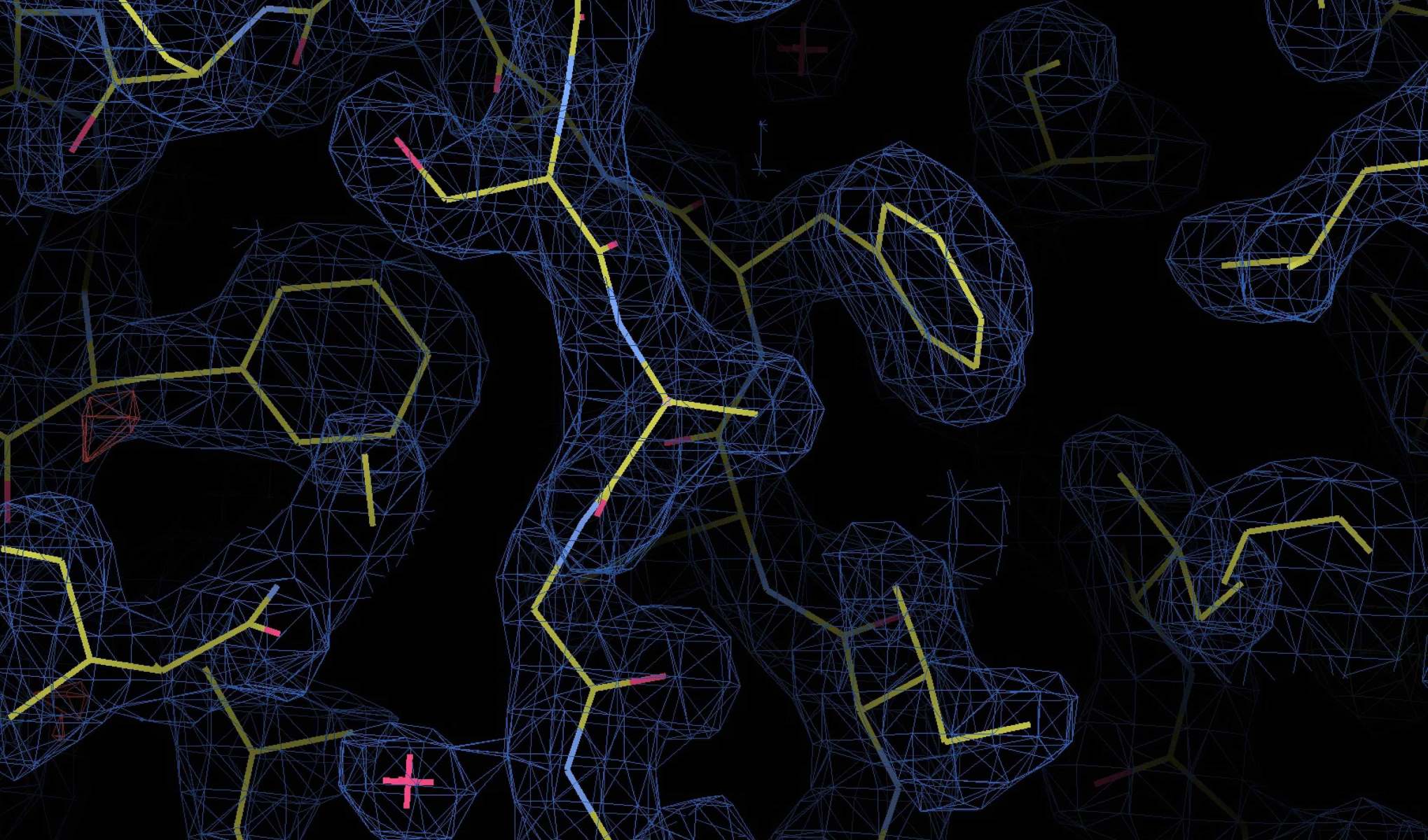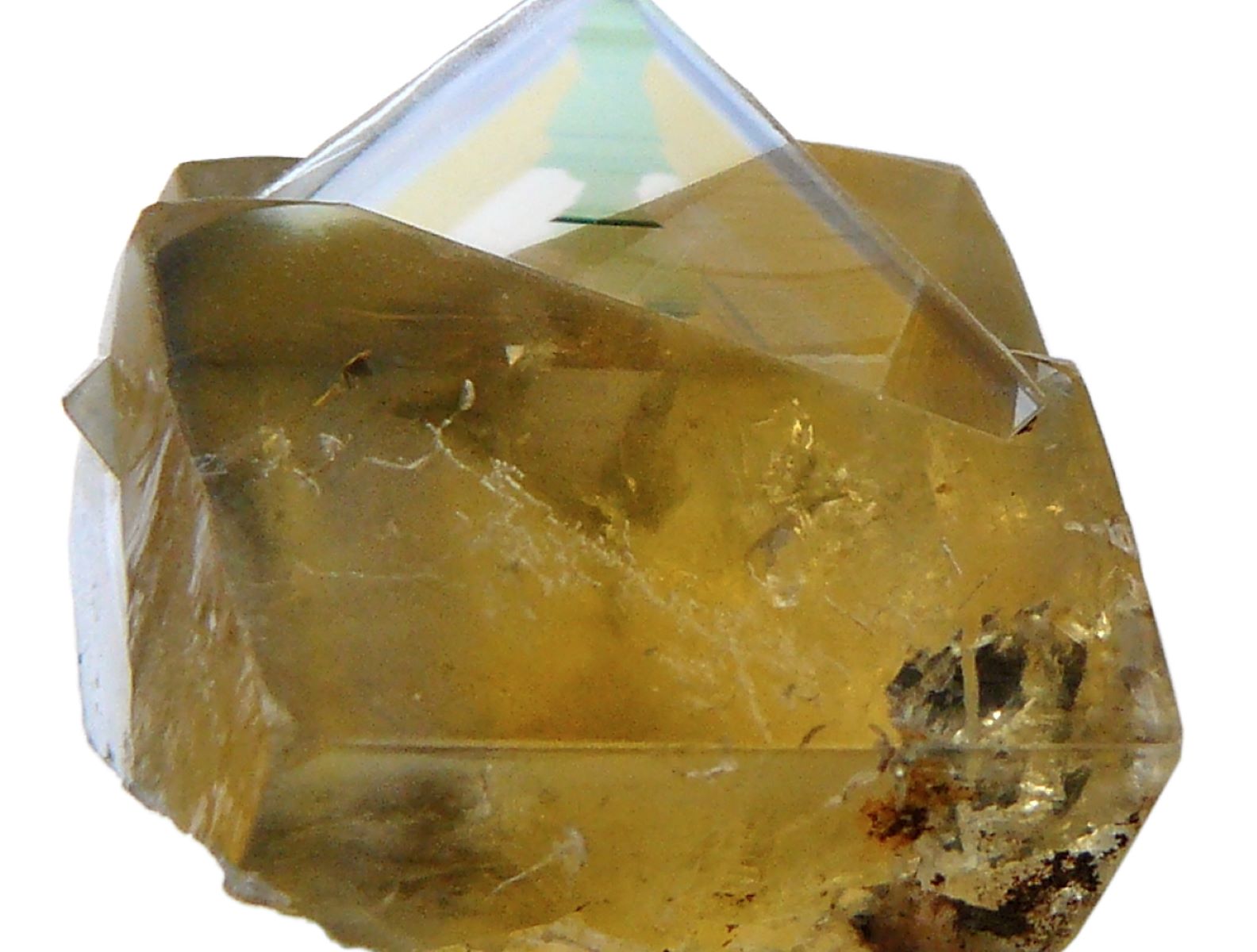
What is a Schottky defect? A Schottky defect is a type of point defect in a crystal lattice where an equal number of cations and anions are missing from the lattice sites. This defect maintains the electrical neutrality of the crystal but reduces its density. Named after German physicist Walter H. Schottky, these defects are common in ionic crystals like sodium chloride and potassium chloride. They play a crucial role in determining the properties of materials, such as ionic conductivity and diffusion. Understanding Schottky defects helps scientists and engineers design better materials for various applications, including electronics and energy storage.
What is a Schottky Defect?
A Schottky defect is a type of point defect in a crystal lattice. Named after the German physicist Walter H. Schottky, this defect occurs when an equal number of cations and anions are missing from the lattice. This type of defect is common in ionic crystals and has significant implications for the material's properties.
- Schottky defects are typically found in ionic crystals like sodium chloride (NaCl) and potassium chloride (KCl).
- These defects maintain electrical neutrality because an equal number of positive and negative ions are missing.
- The presence of Schottky defects can increase the crystal's entropy, making the structure more disordered.
- Schottky defects are more likely to form in crystals with high coordination numbers, where each ion is surrounded by many oppositely charged ions.
- The formation of Schottky defects requires energy, known as the formation energy, which varies depending on the material.
How Do Schottky Defects Affect Material Properties?
Schottky defects can significantly alter the physical and chemical properties of materials. Understanding these changes is crucial for applications in various fields, including electronics and materials science.
- Schottky defects can lower the density of a crystal because missing ions create empty spaces.
- These defects can increase ionic conductivity, allowing ions to move more freely through the lattice.
- Schottky defects can weaken the mechanical strength of a crystal, making it more prone to deformation.
- The presence of Schottky defects can affect the optical properties of a material, such as its color and transparency.
- Schottky defects can influence the thermal conductivity of a crystal, often reducing its ability to conduct heat.
How Are Schottky Defects Formed?
The formation of Schottky defects involves the removal of ions from the crystal lattice. Various factors can influence this process, including temperature and the nature of the material.
- High temperatures can increase the number of Schottky defects in a crystal by providing the energy needed to remove ions.
- The formation of Schottky defects is more likely in crystals with a high degree of ionic bonding.
- Schottky defects can form during the crystal growth process, especially if there are impurities present.
- The concentration of Schottky defects can be controlled by adjusting the conditions under which the crystal is formed.
- Schottky defects can also form as a result of radiation damage, where high-energy particles displace ions from their lattice positions.
Applications and Implications of Schottky Defects
Schottky defects have practical applications and implications in various fields. Their presence can be both beneficial and detrimental, depending on the context.
- In semiconductors, Schottky defects can influence the behavior of charge carriers, affecting the material's electrical properties.
- Schottky defects can be used to create specific types of sensors, such as gas sensors, by altering the material's reactivity.
- The presence of Schottky defects can enhance the catalytic properties of certain materials, making them more effective in chemical reactions.
- Schottky defects can be engineered to improve the performance of solid electrolytes in batteries, increasing their efficiency.
- In some cases, Schottky defects can be intentionally introduced to tailor the properties of a material for specific applications.
Detecting and Measuring Schottky Defects
Detecting and measuring Schottky defects is essential for understanding their impact on material properties. Various techniques can be used to identify and quantify these defects.
- X-ray diffraction (XRD) can be used to detect Schottky defects by analyzing changes in the crystal structure.
- Transmission electron microscopy (TEM) allows for direct observation of Schottky defects at the atomic level.
- Positron annihilation spectroscopy (PAS) can be used to measure the concentration of Schottky defects in a material.
- Electrical conductivity measurements can provide indirect evidence of Schottky defects by showing changes in ionic mobility.
- Thermogravimetric analysis (TGA) can be used to study the thermal stability of materials with Schottky defects.
Interesting Facts About Schottky Defects
Beyond their scientific and practical significance, Schottky defects have some intriguing aspects that highlight their complexity and importance.
- Schottky defects are named after Walter H. Schottky, who made significant contributions to the field of solid-state physics.
- The concept of Schottky defects was first introduced in the early 20th century, revolutionizing the understanding of crystal defects.
- Schottky defects are not the only type of point defect; others include Frenkel defects and interstitial defects.
- The study of Schottky defects has led to advancements in materials science, including the development of new materials with tailored properties.
- Schottky defects play a crucial role in the field of nanotechnology, where controlling defects at the nanoscale can lead to innovative applications.
Final Thoughts on Schottky Defects
Schottky defects play a crucial role in the properties of ionic crystals. These vacancies, where atoms or ions are missing from their lattice sites, can significantly impact the material's electrical conductivity and mechanical strength. Understanding these defects helps scientists and engineers develop better materials for various applications, from electronics to structural components.
By studying Schottky defects, researchers can manipulate materials to achieve desired properties, making them more efficient and durable. This knowledge is essential for advancing technology and improving everyday products. So, next time you encounter a high-tech device or a sturdy piece of equipment, remember that tiny imperfections like Schottky defects might be behind their impressive performance.
In short, Schottky defects are small but mighty, influencing the world of materials science in ways that might surprise you. Keep exploring and learning about these fascinating phenomena!
Was this page helpful?
Our commitment to delivering trustworthy and engaging content is at the heart of what we do. Each fact on our site is contributed by real users like you, bringing a wealth of diverse insights and information. To ensure the highest standards of accuracy and reliability, our dedicated editors meticulously review each submission. This process guarantees that the facts we share are not only fascinating but also credible. Trust in our commitment to quality and authenticity as you explore and learn with us.


